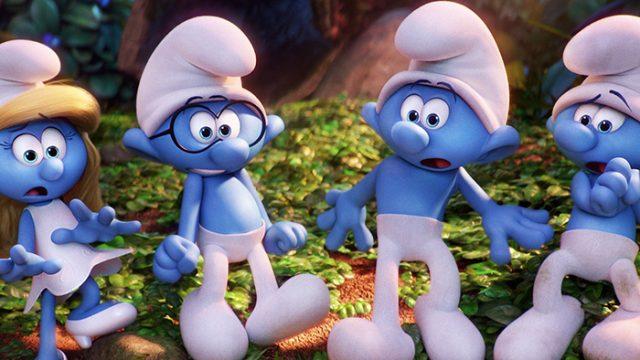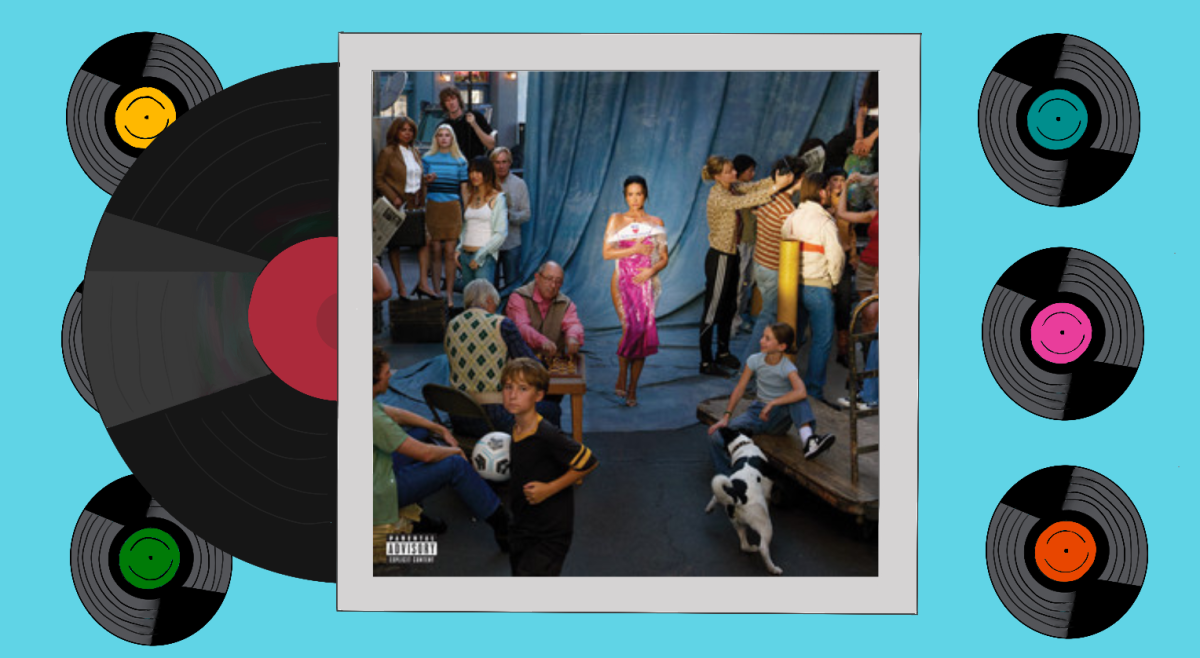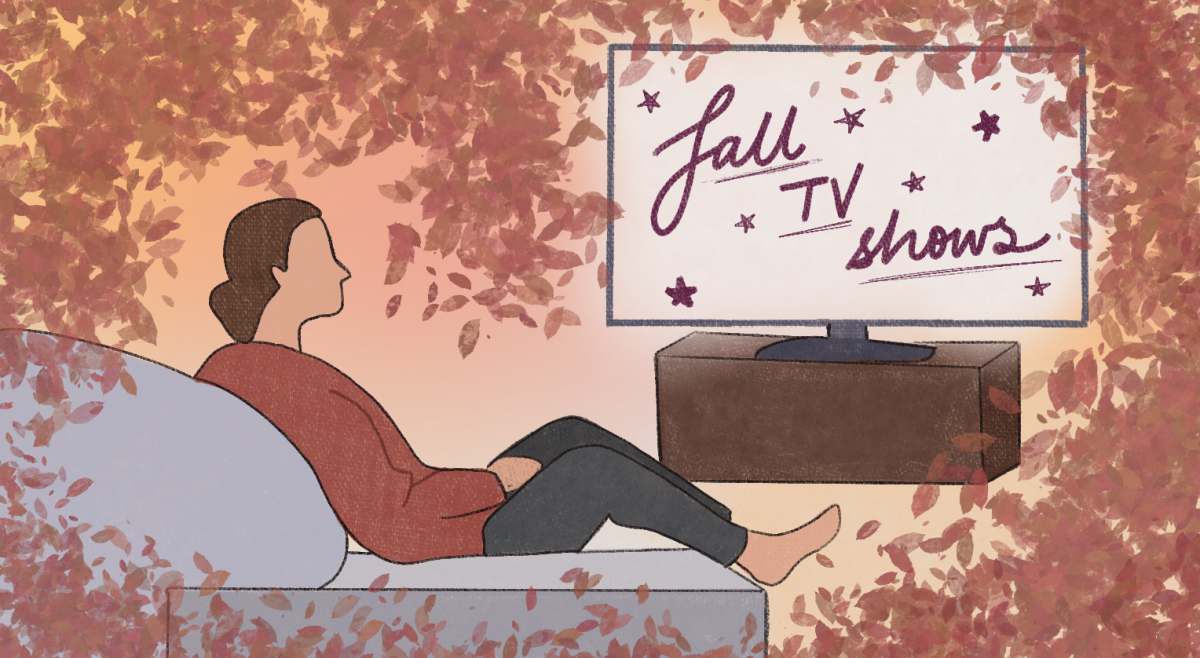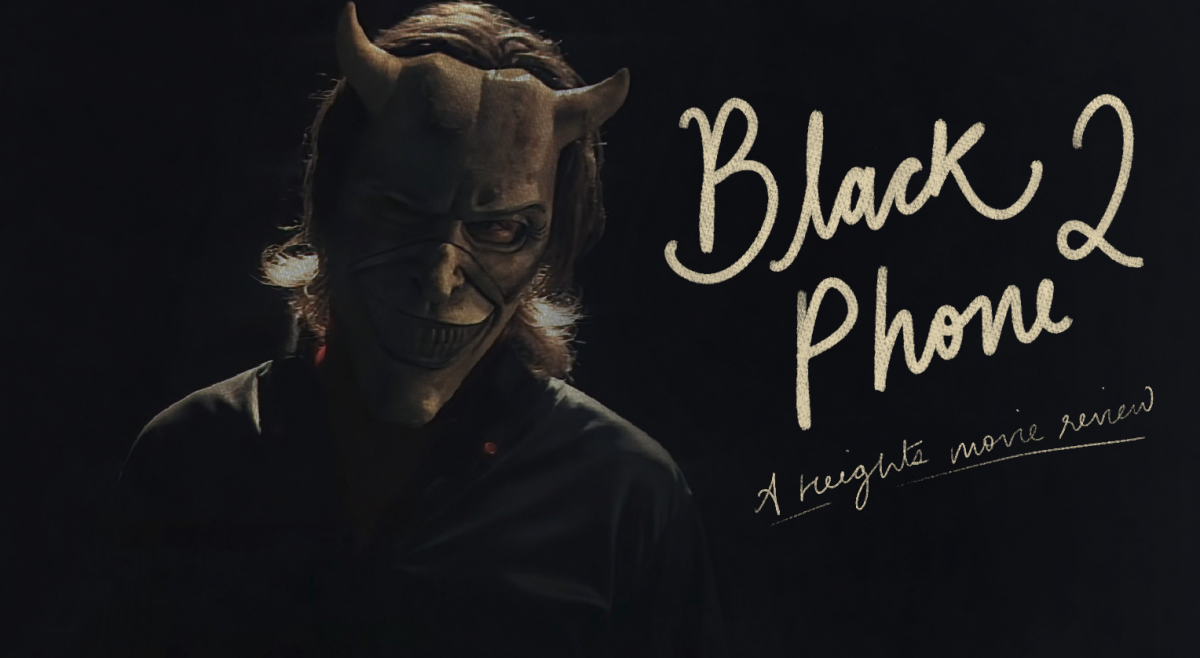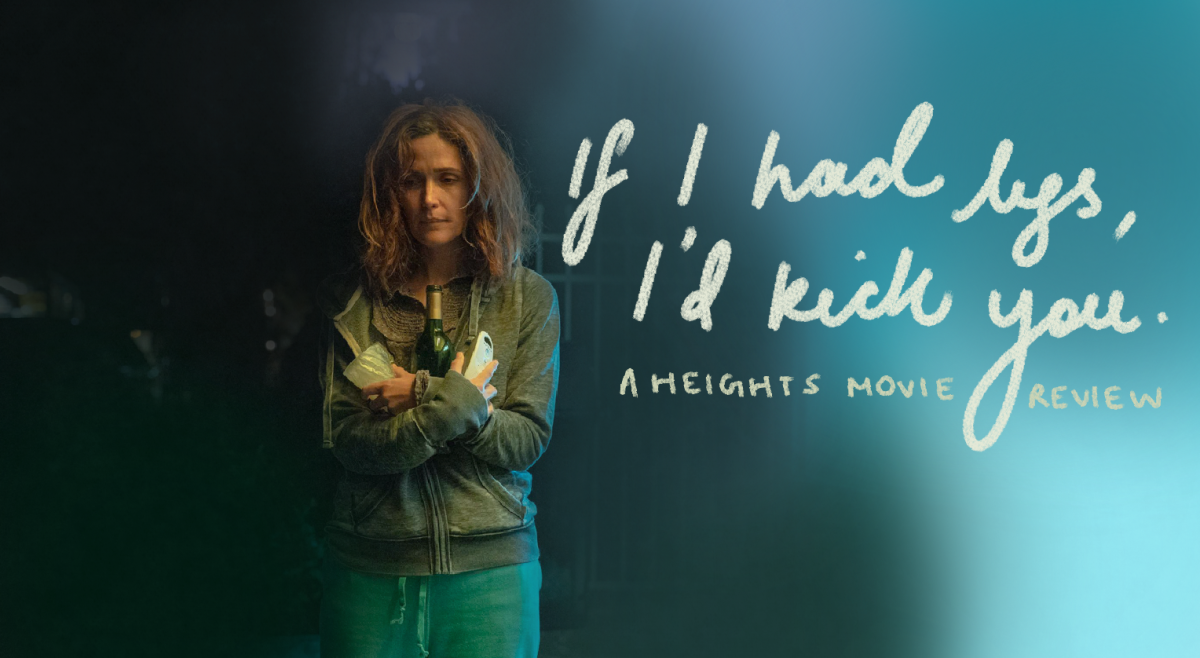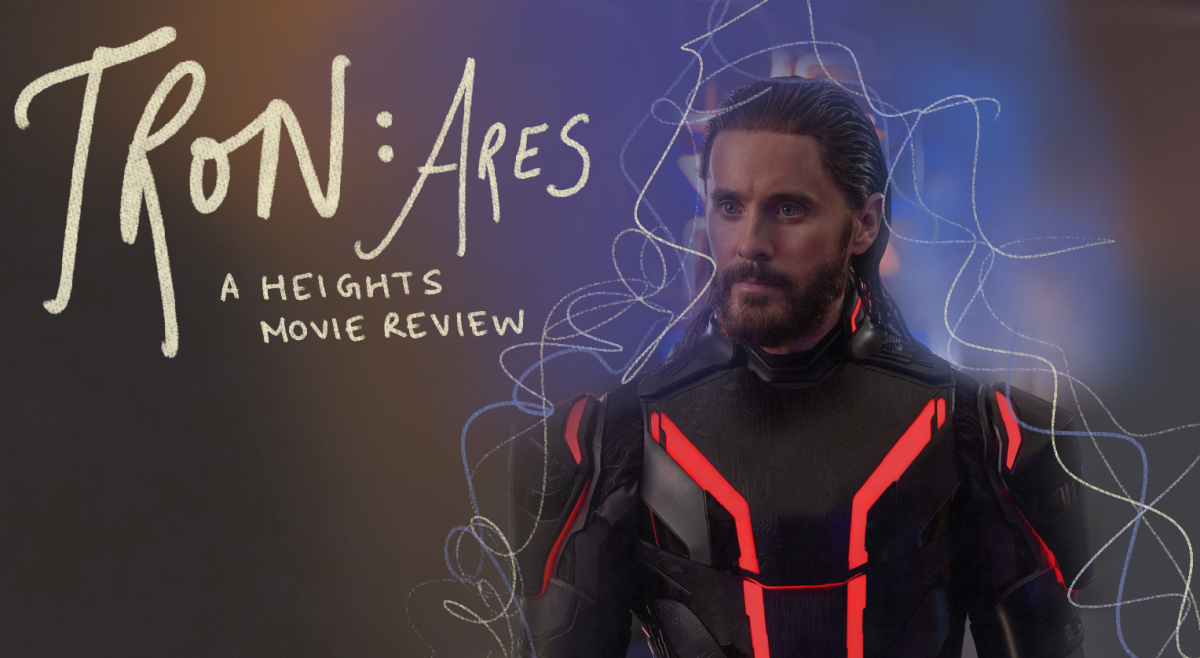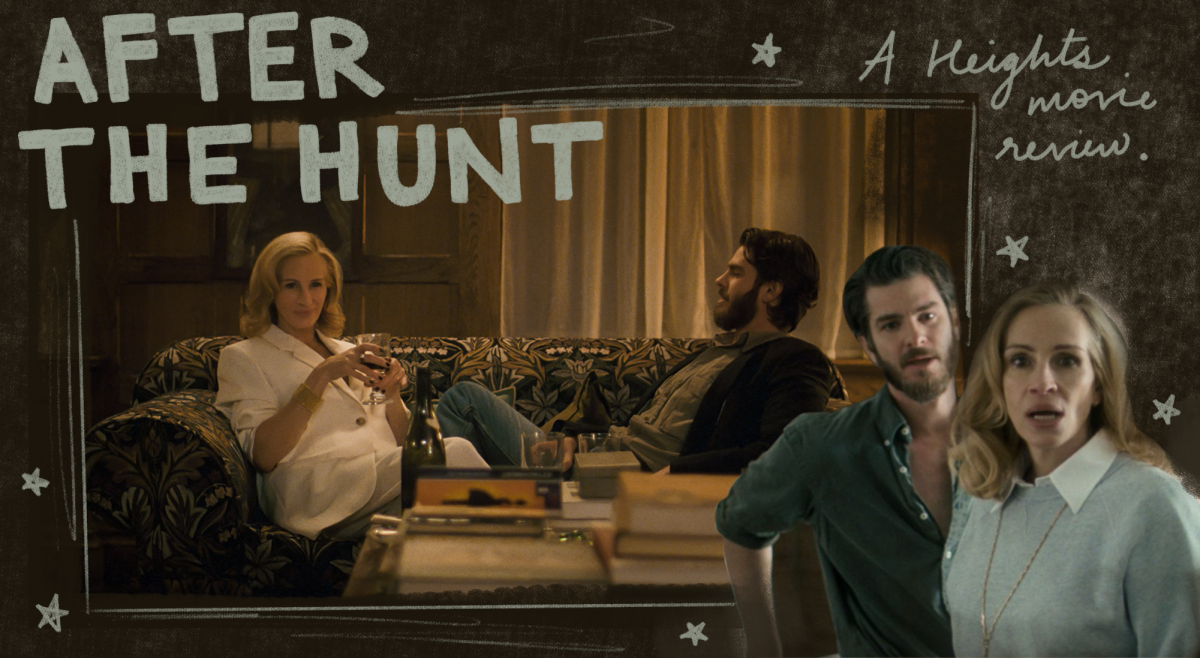
A cup of glee, a dash of spunk, a sprinkle of the impossible, and an abundance of blue. Such is the recipe for Smurfs: The Lost Village—and a whole lot of innocent, albeit thematically and socially layered, cheer.
Smurfs: The Lost Village joins a long line of Smurf media that began in 1958 with their creator, Belgian cartoonist Peyo. The phenomenon continues to persist even today because of the iconic blue creatures’ break into the modern box office, acquiring massive success with The Smurfs in 2011 and The Smurfs 2 in 2013.
The dynamic duo of Sony Pictures Imageworks and Sony Pictures Animation produced the computer-animated comedy, and its director, Kelly Asbury, enlisted a slew of A-list stars to embody the Smurf legacy, including Demi Lovato, Julia Roberts, Ellie Kemper, and Rainn Wilson.
The newest Smurfs installment opens with an overview of Smurf Village and the unique individuals who inhabit it. But while Clumsy (Jack McBrayer) is destined to stumble through life, Baker (Gordon Ramsay) is destined to prepare tasty treats, and Grouchy (Jake Johnson) is destined to, well, grouch, Smurfette (Lovato) can’t seem to pinpoint her purpose. Her name only determines that she is a girl—in fact, the only girl in the village—and doesn’t provide much else about her personal prospects, invigorating her feelings of isolation.
As Smurfette begins to experiment with her identity, the blatantly nefarious wizard/scientist Gargamel (Wilson) is on the rise once again. Gargamel originally created Smurfette as his weapon of destruction against the Smurfs, his ultimate target from whom he intends to harness powers for his evil ends.
During a typical Smurf-boarding outing, Smurfette accidentally hang glides into the Forbidden Forest and briefly encounters a pair of foreign Smurf eyes lurking in the bushes. The interaction is abridged, however, by the net of Gargamel, who captures Smurfette in his efforts to glean the location of her friends. Instead, what she offers unwittingly is her discovery that there are more Smurfs that exist, inciting in Gargamel a new goal to uncover this mysterious hub.
After the sneaky rescue of Smurfette by Clumsy, Brainy (Danny Pudi), and Hefty (Joe Manganiello), Papa Smurf (Mandy Patinkin), the Santa-like caretaker of their village, grounds the troop for even trekking into the Forbidden Forest in the first place.
Emboldened by her newfound interest to establish her purpose and investigate the existence of other Smurfs, she sneaks out of the village in the night. Clumsy, Brainy, and Hefty all follow her and thus inaugurate the eclectic caravan that will strive to inhibit Gargamel and unveil the alleged “lost village,” combatting raging waters, caving rock mazes, enchanted flowers, and overly nurturing dragonflies along the way.
As Smurfs: The Lost Village is a film catering to a young audience, it is bound to cultivate its plot and characters around cliches. However, this particular film manages to capture the heart of a thematic cliche with the modern push for social progress.
The core of the conflict surrounds Smurfette’s battle with the age old questions “Who am I?” and “What is my purpose?” questions that are at the center of many a children’s movie plot. But Smurfs layers these inquiries with the issue of female marginalization. Smurfette is told she is “Not a real Smurf” and only bears a name that delineates her gender rather than any quality she contributes to her community. This seems to be a pattern in the way media operates, where the female character is simply “the girl” of the group while others, the males, are categorized by their skills or characteristics.
Fulfilling Smurfette’s purpose as a notably strong female who “can’t be defined” and establishing several more female characters exemplifies the Smurfs brand correcting their past mistakes insofar as female misrepresentation.
The idea of “creator versus the created” also manifests an undertone of the film, alluding to Frankenstein vibes between Gargamel and Smurfette. But the battle of good and evil persists, elevating the pure morality of Smurfette to win out against absolutely all odds, however impossible they might be.
The colorful animation of Smurfs: The Lost Village enlivens each of these themes and ties together the fundamental purity of the Smurf species. No matter the current debacle, the landscape of their mystical world showcases
A push toward elevating females combined with a thematically ignited plot and playful animation mean Smurfs: The Lost Village will be the perfect treat for all ages on its release on April 7—and perhaps the rationale behind your new desire to be blue.
Featured Image By Columbia Pictures

